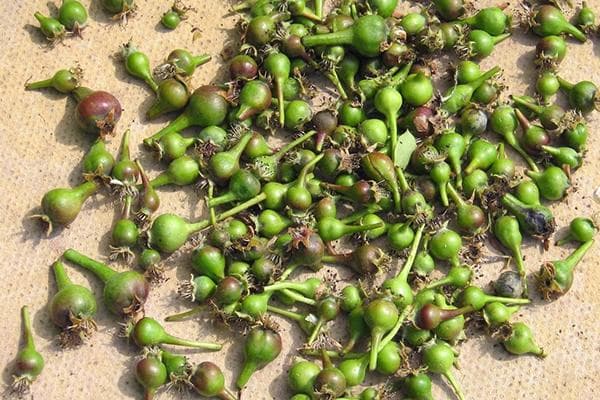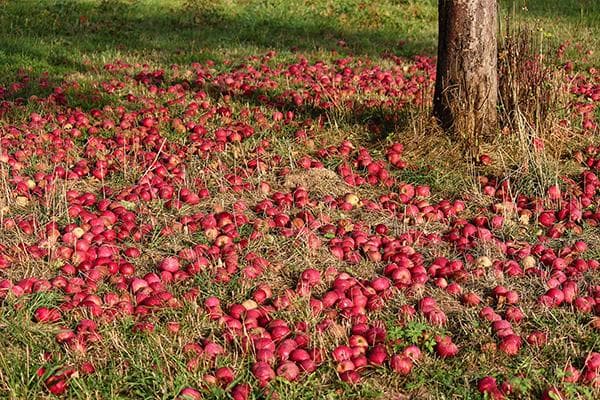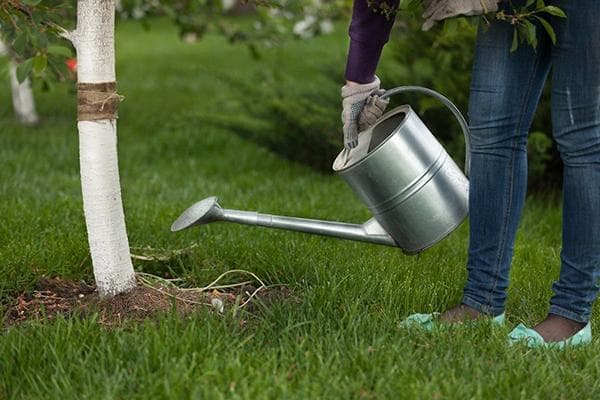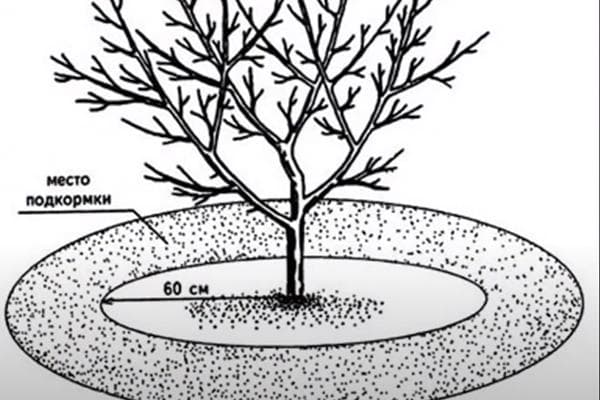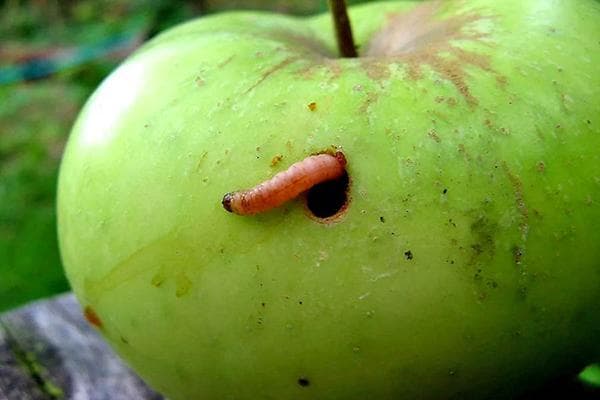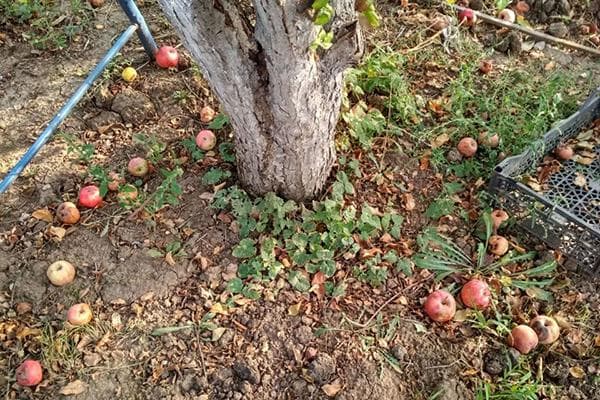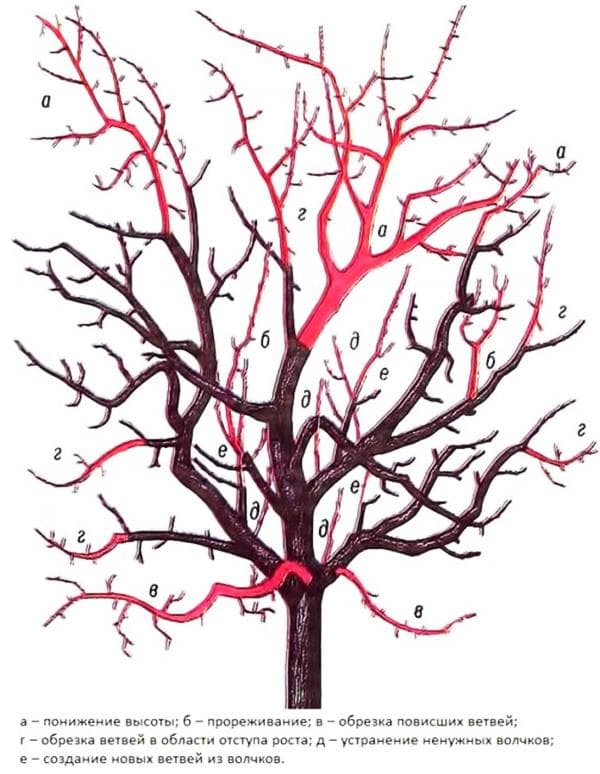5 reasons why apples fall from the apple tree unripe
The apple tree grows in almost every Russian garden. Growing a fruit tree seems simple and inexpensive. Therefore, many do not bother to familiarize themselves with the rules of agricultural technology and the characteristics of fruiting of the crop. This is where a common question arises: why do apples fall from an apple tree? There are several reasons for this.
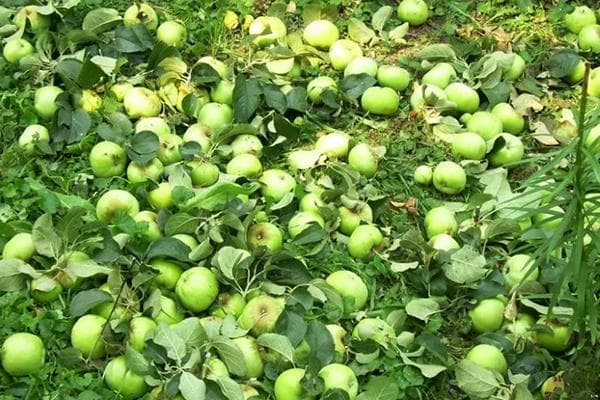
Natural self-cleaning process
Perhaps it’s worth starting with the fact that the fall of some fruit is characteristic of all fruit trees - apple, pear, apricot, cherry, etc. Fallen apples are called carrion. Upon closer examination, all sorts of defects can be detected in the fruits: depressions, curvatures, signs of disease, worminess.
The plant always produces an excessive number of flower buds. Nature is reinsured in case of unsuccessful pollination, strong winds, hail, or damage by pests. At a certain period, the excess is discarded.
Removing the “excess” occurs in three stages:
- In May, immediately after flowering, a significant part of the ovaries falls off. This happens due to low fertilization and freezing of the branches.
- The next stage of ovary fall is observed in June. During this period, the apple tree drops fruits that it does not have enough strength to ripen. Usually the weakest, defective apples fall. Sometimes abscission occurs in 2–3 waves.
- The last mass fall of fruits occurs in pre-harvest time: for summer varieties - in July-August, for autumn varieties - in August-September, for winter varieties - in September-October.The natural causes of apple fall are indicated by the large size of the carrion, the taste and color characteristic of the variety, as well as the dark color of the seeds.
In some varieties, apples do not hang on the branches when ripe, but immediately fall off (“Mayak”, “Desertnoye Isaeva”, “Grushovka Moskovskaya”, “Solntsedar”, “Mantet”). Therefore, the fruits are collected unripe.
The falling of defective, unripe apples is beneficial: the remaining fruits receive more nutrition and grow large, beautiful and tasty.
Poor pollination
In June, the fall of apples is the most abundant. However, sometimes the tree drops almost all its fruits. The reason for this phenomenon lies in poor pollination.
Fallen unripe seedless apples are a sign that the flowers have not been pollinated.
To avoid this problem, apple orchards plant varieties for cross-pollination or graft into the crowns of existing trees.
If it is too late to take preventive measures, the preparations “Ovary” and “Bud” are used to save the harvest. They stimulate the growth of fruits from unpollinated flowers.
Lack of moisture and nutrients
Fruit trees often stop being regularly watered and fed when they reach a great height. This is a big mistake. Over 5–7 years, the soil composition becomes poorer. And in dry years, there is not enough natural precipitation to feed large plants.
Apple trees can only obtain nutrients from moist soil. If the soil is crumbly at a depth of 30 cm, the plant suffers and begins to shed fruits and then leaves.
It is especially important to prevent the soil from drying out before flowering, during the formation of ovaries and in the fall, before frosts. The earth is moistened to a depth of 80 cm. To do this, each tree is watered with 6–8 buckets of water.
In order for the apple tree to grow and bear fruit well, it also needs to be fed.
There are two ways to apply fertilizer:
- long-term (5–7 years);
- extra.
In the first case, 10–12 holes are dug at the periphery of the tree trunk, exactly 40 cm deep, and 0.5 kg of superphosphate and potassium sulfate, as well as a handful of microelement supplements, are added to each. There is no need to water the soil after this.
In the second case, on the periphery, a shovel is used to make slots on a bayonet and liquid fertilizer is poured inside. It is best to use complex fertilizers. During fruit set, trees need potassium and phosphorus.
The suction roots of the apple tree are located in the projection of the crown. Therefore, it is correct to fertilize and water it not in the tree trunk circle, but at a distance of 1–3 m.
Pests and diseases
The most important enemies of the apple tree are the codling moth, sawfly and fruit rot. They cause spoilage of fruits, causing them to fall while still green in July.
Main symptoms of damage:
- worm tunnels;
- eaten seeds and excrement in the seed chamber;
- brown soft spots of a round shape.
To avoid fruit rot, sanitary pruning and treatment with Bordeaux mixture are carried out in early spring. During fruiting, the affected fruits are promptly removed. Otherwise, the rot will spread to healthy apples.
You can fight caterpillars in different ways:
- Set traps. During the activation of butterflies, tin jars or plastic bottles containing fermented juice (jam) are hung on the branches of apple trees and other fruit trees. Every few days, the traps are cleaned and filled with a new portion of bait. To protect one tree, 2-3 traps are enough.
- Tie a sticky belt to the tree. A thick layer of industrial oil is applied to the back of the corrugated cardboard and attached to the tree trunk. The belts are regularly inspected and pests are removed.
- Cover the area under the apple tree with black spunbond. At the end of the feast, the codling moths gnaw through the skin of the apple and fall to the ground to pupate and produce new offspring. The canvas interferes with their plans and makes them visible to the birds. In addition, spandbond slows down the evaporation of moisture and the growth of weeds.
During fruiting, chemical insecticides and fungicides should not be used. Apple tree pests and diseases can only be controlled using mechanical and folk methods.
Aging
Mature tree branches are not as elastic and full of juices as young ones. Often they are unable to provide nutrition to the fruits.
From branches whose annual growth is less than 15 cm, apples fall to the ground ahead of time.
To avoid a decrease in yield, apple trees need to be rejuvenated. Branches are pruned annually.
Questions and answers
How does carrion harm apple trees?
Fallen apples are quickly affected by pests and diseases. Such a nursery is dangerous for all nearby plants, and especially apple trees. The carrion is collected in the evening, processed or buried away from the garden.
What drugs help stop apples from falling?
Relatively recently, scientists were able to identify the chemical elements responsible for the fall of apples. These are growth regulators: auxins produced by seeds and ethylene. When auxin production stops and ethylene concentration increases, a separation layer forms on the stalk and the fruit falls.
To prevent apples from falling off when the tree is normally loaded, it is treated with auxin preparations. For example, "Obstaktin".
Everyone likes to eat ripe fruits and reap large harvests of fruits. But in order for plants to bear fruit well, they need care. Large apple trees need pruning, fertilizing and watering. If pests or signs of disease are detected, immediate action should be taken. At the same time, you cannot overdo it with watering and fertilizers. Excess moisture will cause the roots to rot, and the apple tree will not be able to receive enough nutrition. You should also be careful with nitrogen fertilizers: they cause increased growth of green mass to the detriment of fruit ripening. If the apple tree is properly cared for, only the excess green apples will fall, and the yield will remain high.
